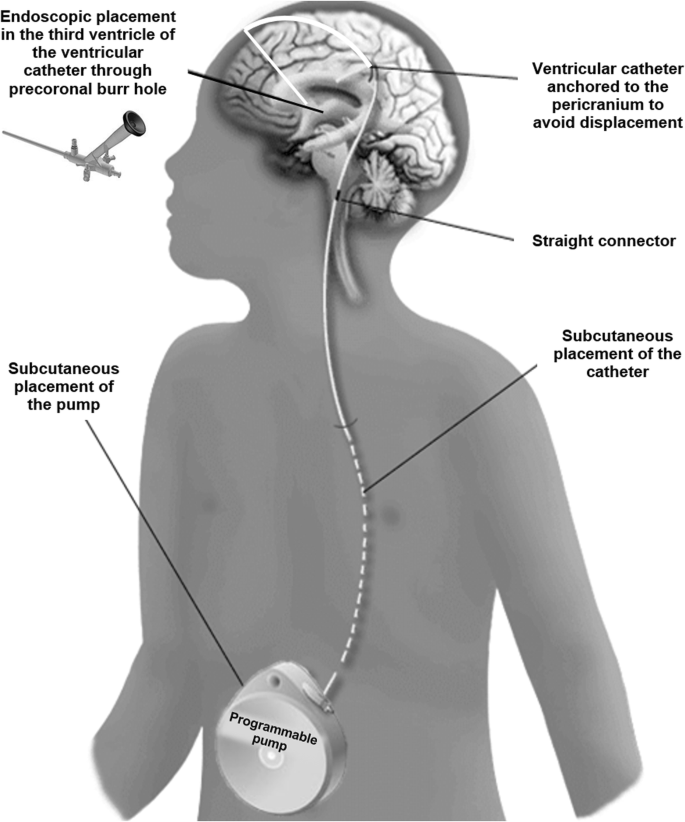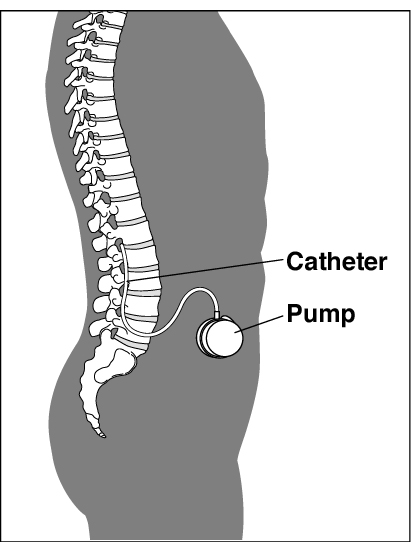Effective Spasticity Treatment: Alleviating Muscle Stiffness and Improving Mobility
Understanding Spasticity and its Impact
Spasticity refers to a condition characterized by muscle stiffness, involuntary contractions, and exaggerated reflexes. It commonly affects individuals with neurological conditions such as cerebral palsy, multiple sclerosis, or spinal cord injuries. Spasticity can severely impact a person's mobility, leading to difficulties in performing daily activities and reducing overall quality of life. However, with the right spasticity treatment, these symptoms can be effectively managed and alleviated, enhancing mobility and improving daily functioning.
 Comprehensive Approach to Spasticity Treatment
Comprehensive Approach to Spasticity Treatment
Effective spasticity treatment typically involves a comprehensive approach that combines various strategies, therapies, and medications tailored to the individual's specific needs. The goal is to reduce muscle stiffness, improve range of motion, enhance functional abilities, and minimize discomfort
Therapeutic Approaches for Spasticity Management
Physical Therapy: Physical therapy plays a crucial role in spasticity treatment. Therapists employ techniques such as stretching exercises, range-of-motion exercises, and strengthening exercises to improve flexibility, muscle strength, and coordination. They may also incorporate modalities like heat or cold therapy, electrical stimulation, or hydrotherapy to further alleviate muscle stiffness.
Occupational Therapy: Occupational therapy focuses on enhancing daily functioning and independence. Therapists assist individuals in developing skills for activities of daily living, such as self-care, mobility, and fine motor tasks. They may recommend adaptive equipment or assistive devices to optimize functional abilities.
Speech Therapy: In cases where spasticity affects speech and swallowing, speech therapy is crucial. Speech-language pathologists work with individuals to improve communication skills, enhance swallowing function, and address any speech or language difficulties associated with spasticity.
Medications for Spasticity Management
Oral Medications: Oral medications such as muscle relaxants, baclofen, or benzodiazepines may be prescribed to reduce muscle spasms and promote muscle relaxation. These medications work by targeting the central nervous system to alleviate spasticity symptoms.
Botulinum Toxin Injections: Botulinum toxin injections, commonly known as Botox injections, can be an effective treatment option for localized spasticity. The toxin is injected directly into the affected muscles to block the nerve signals that cause muscle contractions. This temporary paralysis of the muscles helps reduce stiffness and improve mobility.

Intrathecal Baclofen Therapy: For individuals with severe spasticity that does not respond to oral medications, intrathecal baclofen therapy may be considered. This treatment involves the implantation of a pump that delivers baclofen, a muscle relaxant, directly into the spinal fluid. The pump can be programmed to release the medication in precise doses, providing targeted relief.


Improving Quality of Life
By implementing a tailored combination of therapeutic approaches and medications, spasticity treatment aims to improve overall quality of life for individuals affected by this condition. Effective management of spasticity leads to increased mobility, reduced pain and discomfort, enhanced functional abilities, and greater independence in daily activities.
What is spasticity?
Spasticity is a condition characterized by muscle stiffness, involuntary contractions, and exaggerated reflexes often seen in neurological conditions like cerebral palsy or multiple sclerosis.
What are the common treatments for spasticity?
Treatment options include physical therapy, occupational therapy, medications like muscle relaxants, botulinum toxin injections, and intrathecal baclofen therapy for severe cases.
Can spasticity be cured completely?
While there is no cure for spasticity, proper management and treatment can significantly reduce symptoms, improve mobility, and enhance overall quality of life.
Is spasticity only seen in adults?
No, spasticity can occur in both children and adults, especially those with neurological conditions or spinal cord injuries.
Are there any side effects of spasticity medications?
Medications used for spasticity can have side effects like drowsiness, muscle weakness, or dry mouth, but these can vary depending on the specific medication and individual response.
What is the success results of Spasticity Treatment?
Spasticity treatment can lead to significant improvements in mobility, functional abilities, and overall quality of life for individuals affected by spasticity, enabling them to engage in daily activities with greater ease and independence.
We are associated with experienced and highly skilled medical professionals. We use the latest medical technology available in the world and we provide medical services in collaboration with JCI & NABH Certified hospitals only. Our services include various types of treatment and organ restructuring and transplant.
